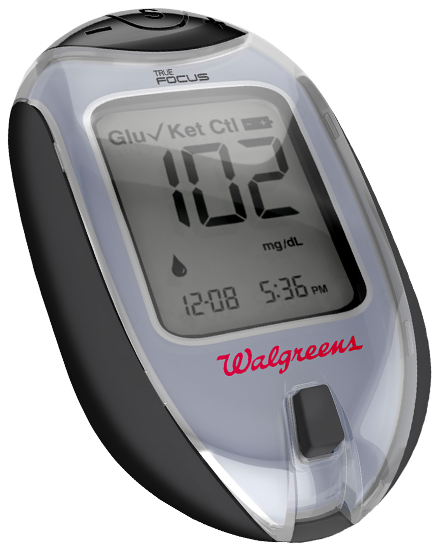Our Process
A “Team Approach” To Industrial Design
The HelixOne Process reflects decades of development, creativity, and evolution working with clients like you. Our adaptive industrial design process begins with a solid foundational core and is custom-configured to each client’s needs. Finally, the process capitalizes on the combined strengths of designers, engineers, prototype specialists, and our extensive development network.
Leveraging brainstorms, team efforts, individual development and design reviews to promote creative thinking and in-depth design solutions, our clients benefit from an extremely flexible process in order to meet their project needs. To better understand the product intent, we begin with your user and how they will experience the newly designed product.

Discover
As creative designers, we look at every project with an open mind, and as detailed developers, we understand what it takes to bring your ideas through to production and into the hands of your customers. This is where ideation begins, and where we provide insight and guidance to the creation of your vision.
Research
Design Research addresses:
Define
At this stage, it’s key that we understand the market for the product.
Design
Engineer
Prototype
Test
Document
Oversee
We focus on obtaining the highest quality, most cost effective solution for your new product. We will review first article parts to ensure the original design intent is met, parts and components fit and work as designed and materials meet your expectations.
Do You Need Design Guidance For Your Next Project?
Contact us for an assessment today.
